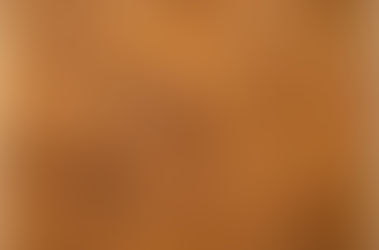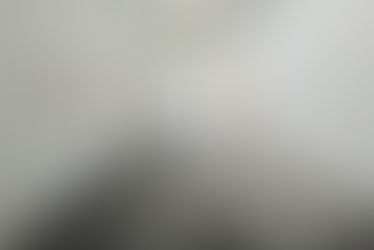Reflections: Van Eyck and the Pre-Raphaelites
- The Courtauldian
- Nov 16, 2017
- 2 min read
We all have a pretty good idea of what the Arnolfini Portrait looks like, and perhaps its currency within the popular imagination is produced and circulated through its infamous enigma, much like that aura still surrounding the Mona Lisa, despite the sea of cameras and bulwark of protective glass undesirably cramping Da Vinci’s painting. Fortunately, the Arnolfini Portrait is relieved of such extreme ceremony, although getting a closer look can require patience. More fortunately, however, at the National Gallery’s exhibition, ‘Reflections: Van Eyck and the Pre-Raphaelites’, you’ll be able to get up close to it undisturbed.

The centre-piece for the exhibition: Jan van Eyck, The Arnolfini Portrait, 1434. (National Gallery, London)
The portrait, painted by Jan van Eyck in 1434, serves as the centre-piece for this exhibition and its point of departure, from which it assesses the forcible impact this work had on the history of British Art and the innovation within the art of the Pre-Raphaelites. The exhibition’s argument is convincing and it expands the appreciation of this portrait. It beings with the acquisition of the painting by the National Gallery in 1842 and subsequent display in 1843. Quickly reproduced in the printed presses, the portrait also captured the interest of the artists of the recently formed Pre-Raphaelite Brotherhood (1848), who responded to van Eyck, generously imitating his style, modes of representation and pictorial devices—most conspicuously, the convex mirror.
Doubling or multiplying further the pictorial space, permitting exploration of different visions, narratives, worlds, and sites of subjectivity, the convex mirror was taken up in the works of major artist figures of the Victorian art scene—John Everett Millais, Dante Gabriel Rossetti, Edward Burne-Jones, William Holman Hunt, Ford Maddox Brown, William Morris, Charles Shannon, John William Waterhouse and William Orpen—all of whom are represented here. The imitation was generous because it was not just an act of replication, but progression. Paintings re-telling the story of Tennyson’s ‘The Lady of Shalott’, for example, make clear the way the use of this the convex mirror facilitated new and original means of representation, functioning as the means through which the Lady saw the world, until she turns away and looks out beyond the window; it then becomes the ‘mirror crack’d’, fragmenting vision and altering her fate.
Rather ingeniously, the curators place mirrors around the rooms; wherever you are, through reflections and reflections of reflections, you catch sight of the Arnolfini portrait. We never loose sight of the painting, or ourselves. Both the mirrors both within the works and the rooms bring out a self-reflectivity, which the penultimate work the exhibition, Arthur Marythorne Studd’s ‘Portrait in a Round Mirror', prompts. Small, delicately drawn in the lightest of markings, this self-portrait uses exclusively the convex mirror: there is no portrayal outside of the reflected space. Studd, here, perhaps purses to the limits this remarkable pictorial device and how it might operate within pictorial and visual worlds, beyond functioning as an accessory to spatial representation, it becomes the site of representation, both for and of art and ourselves.
Reflections: Van Eyck and the Pre-Raphaelites runs from 2 October 2017 - 2 April 2018 at the National Gallery, London.












Comments